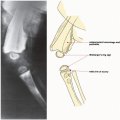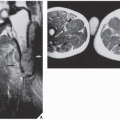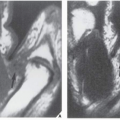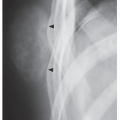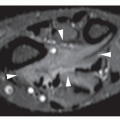The conditions discussed in this part comprise disturbances in skeletal formation, development, growth, maturation, and modeling. Some of these anomalies arise during fetal development, such as congenital absence of a whole or part of a limb, supernumerary digits in a hand or foot, or fused digits, and are obvious at the time the baby is born. Some may begin to develop during fetal life but become apparent later in childhood, such as Hurler syndrome (gargoylism) or osteogenesis imperfecta tarda. Other anomalies, such as certain sclerosing dysplasias, develop after birth because of a genetic predisposition and become manifest later in life.
Congenital anomalies can be classified in various ways, but because of their complexity a full and detailed classification of these disorders is beyond the scope of this chapter. To simplify the variety of classifications, which are constantly changing and expanding, the congenital anomalies may be divided from the pathologic point of view into those involving disturbances of bone formation, bone growth, and bone maturation and modeling (
Table 31.1). Anomalies of bone formation include the
complete failure of a bone to form and
faulty formation of bones, which may manifest in a decreased number of bones (agenesis and aplasia) (
Fig. 31.1A,B) or in the number of supernumerary bones (polydactyly) (
Fig. 31.1C,D). Anomalies of formation may also be encountered in aberrations involving bone
differentiation, which include pseudoarthroses (
Fig. 31.2A) and bone fusions (syndactyly and synostosis) (
Fig. 31.2B-E). Disturbances in bone growth may lead to
aberrations in the size or shape of bones. These may manifest in undergrowth (hypoplasia or atrophy) (
Fig. 31.3A-C), overgrowth (hypertrophy or gigantism) (
Fig. 31.3D), or deformed growth, such as congenital tibia vara (see
Fig. 32.40). Anomalies related to bone growth may also be exhibited in abnormalities affecting the
motion in a joint, such as contractures, subluxations, and dislocations (
Fig. 31.4). Among the last group of congenital anomalies affecting the skeletal system are those exhibiting aberrations in bone
growth, maturation, and
modeling, as manifest in the various dysplasias (
Fig. 31.5).
A second simple classification system is anatomic and based on the affected region of the body. This system comprises anomalies of the shoulder girdle and upper limb, pelvis and lower limb, spine, and the skeleton in general.



